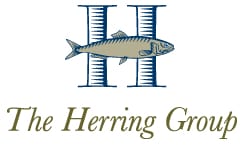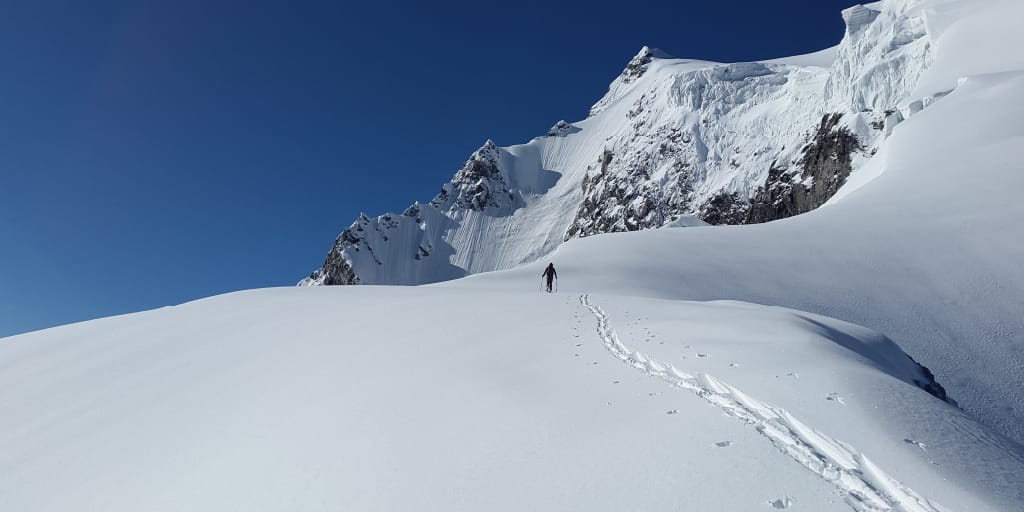This article originally appeared on LandscapeManagement.net on May 11, 2021. Greg Herring regularly writes for Landscape Management, providing financial analysis and insights tailored to landscape business owners.
BrightView discovered gold in the form of snow during the quarter ended March 31, 2021. Revenue of $226.0 million from snow removal services in the most recent quarter was more than double the revenue from the same quarter last year ($102.5 million). As seen in the table below, this additional snow revenue helped increase both the gross profit margin and the operating profit margin compared to the same quarter in the previous year. The increased revenue is due to more snowfall events and higher relative snowfall compared with the same quarter the year earlier. BrightView stated, “for our current geographic structure, snowfall for the three months ended March 31, 2021, and 2020 was 97.8 percent and 49.6 percent, respectively, of the historical 10-year average for that three-month period.”
As I mentioned in my review of the quarter ended Dec. 31, 2020, BrightView is still not delivering revenue growth in its landscape maintenance and landscape construction divisions.
In the quarter ended March 31, 2020, revenue from landscape maintenance services declined $12.2 million before considering revenue from acquisitions completed after March 31, 2020. Revenue from construction activities declined by $33.4 million before acquisitions. Construction revenue also declined by $6.1 million due to the sale of BrightView Tree Company. Acquisitions completed during the most recent 12 months provided $11.7 million in landscape maintenance revenue and $10.3 million in construction revenue during the most recent quarter.
The question remains: Why are the landscape maintenance and construction divisions not growing?
For the construction division, BrightView says its revenue for the most recent quarter is down from the same quarter in the previous year “due to reduced backlog as a result of the COVID-19 pandemic.”
For the maintenance division, there are four possibilities: BrightView has a problem winning new sales; BrightView has a problem retaining existing customers; BrightView is renewing contracts at lower prices, and COVID-19 is having a greater impact on BrightView than what I see in most other companies.
Income Statement Summary
In its public reports, BrightView “adjusts” its earnings before interest, tax and depreciation and net income for certain expenses. I have used some of these adjustments for operating income in the tables below. The idea is that these expenses are not part of ordinary operations. Historically, the adjustments included expenses associated with business transformation and integration, becoming a public company and defending shareholder lawsuits, and paying some employees partially through equity-based compensation. The most recent four quarters also included an adjustment for $24.1 million in COVID-19 related expenses. In the table below, I did not adjust the results for COVID-19 expenses because they are a normal part of operations for landscape companies now. In addition, BrightView included an adjustment for the $22.2 million loss on sale of the BrightView Tree Company which I included as an adjustment in the quarter ended September 30, 2020. Finally, in the quarter ended June 30, 2020, BrightView recorded an expense of $24.1 million to increase reserves related to its self-insurance program.
Typically, a reserve is based on estimates from current and prior quarters; however, there is not sufficient information to determine the precise timing of when it should have been expensed. Therefore, I have included it as an adjustment. If the additional expense were spread over the prior two years, the net operating profit margin for those periods would have been reduced by approximately 50 basis points (0.5 percent).
For the accounting experts: Note that I have excluded from operating income the expense related to the amortization of intangible assets that were recorded as BrightView acquired other businesses. Since most landscape companies do not have amortization of intangible assets, I have excluded it, so they can compare their numbers to BrightView’s numbers.
To see short-term trends, the following table shows operating results for each of the past five quarters:
| Qtr Ended Mar-20 | Qtr Ended Jun-20 | Qtr Ended Sep-20 | Qtr Ended Dec-20 | Qtr Ended Mar-21 | |
| Net service revenues | $559.1 | $608.1 | $608.1 | $554.4 | $651.9 |
| Year-over-year growth rate | 8.5% | -6.3% | -7.5% | -2.9% | 16.6% |
| Cost of services | 426.8 | 451.7 | 444.5 | 420.8 | 493.8 |
| Gross profit | 132.3 | 156.4 | 163.6 | 133.6 | 158.1 |
| Gross profit margin | 23.7% | 25.7% | 26.9% | 24.1% | 24.3% |
| Selling, general and administrative expenses | 126.9 | 131.8 | 138.4 | 123.3 | 127.9 |
| Adjustments | (15.0) | (39.8) | (35.2) | (11.6) | (11.5) |
| Ongoing selling, general and administrative expenses | 111.9 | 92.0 | 103.2 | 111.7 | 116.4 |
| Adjusted operating income | $20.4 | $64.4 | $60.4 | $21.9 | $41.7 |
| Operating profit margin | 3.6% | 10.6% | 9.9% | 4.0% | 6.4% |
To see long-term trends, the following table shows operating results for each of the past three years:
| Year Ended Mar-19 | Year Ended Mar-20 | Year Ended Mar-21 | |
| Net service revenues | $2,334.7 | $2,411.8 | $2,422.5 |
| Year over year growth rate | -0.1% | 3.3% | 0.4% |
| Cost of services | 1,715.5 | 1,776.2 | 1,810.8 |
| Gross profit | 619.2 | 635.6 | 611.7 |
| Gross profit margin | 26.5% | 26.4% | 25.3% |
| Selling, general and administrative expenses | 473.0 | 480. | 521.4 |
| Adjustments | (69.4) | (49.8) | (98.1) |
| Ongoing selling, general and administrative expenses | 403.6 | 430.2 | 423.3 |
| Adjusted operating income | $215.6 | $205.4 | $188.4 |
| Operating profit margin | 9.2% | 8.5% | 7.8% |

